Art History Fall Lecture Series
October 12 - November 2
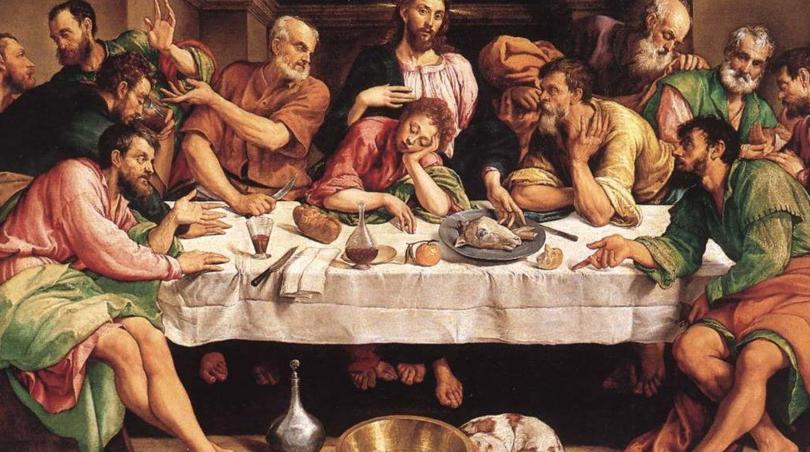
Our fall lecture series featuring professors from Capilano University.
The final two lectures (originally scheduled for October 26 and November 2) have been postponed to 2024.
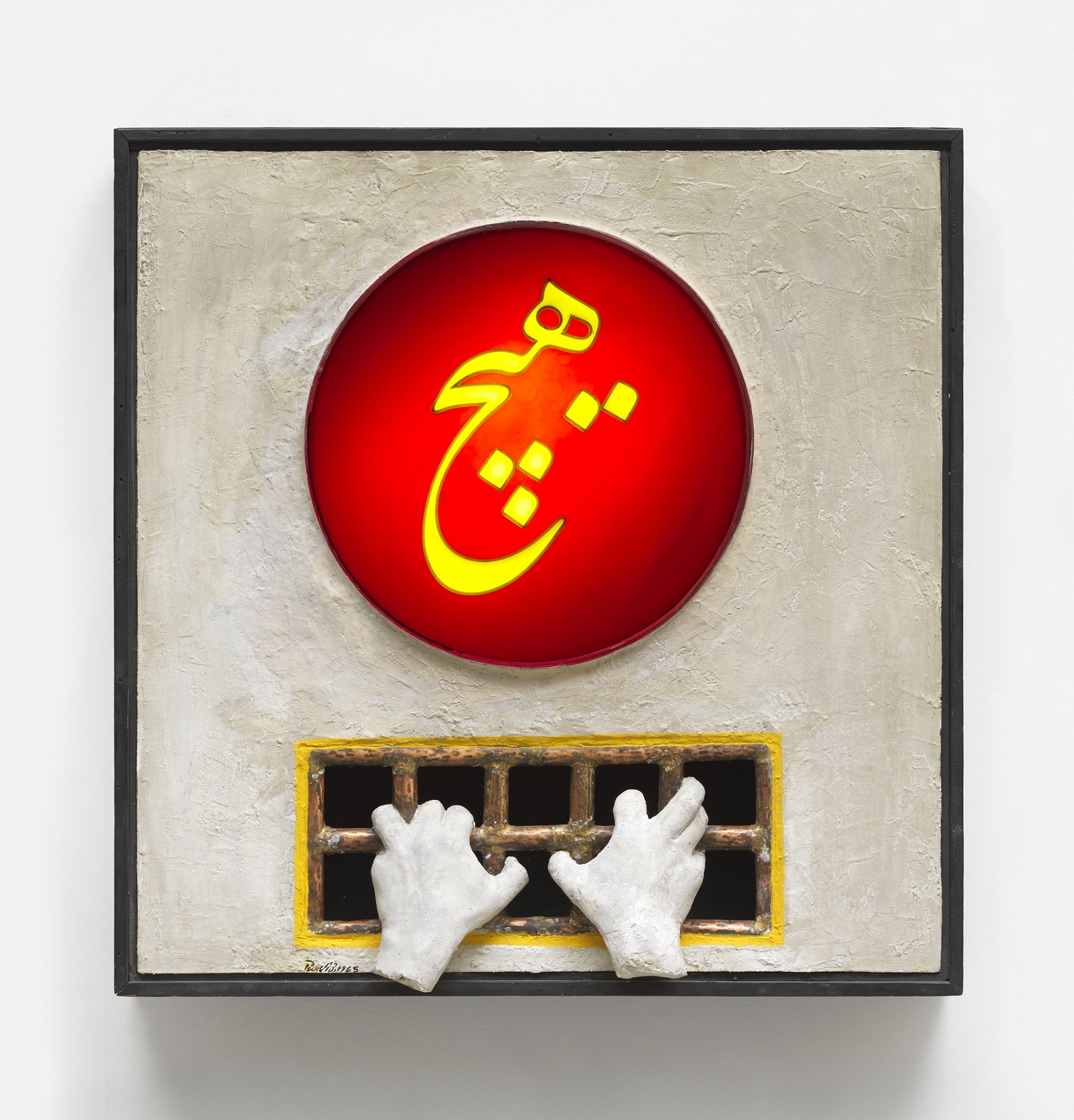
Parviz Tanavoli & the History of Persian Art
October 12, 7–9 p.m.
Presenter: Dr. Behrang Nabavi Nejad
Join Dr. Behrang Nabavi Nejad, Art History instructor at Capilano University, for the first in our fall series of lectures as she explores the work of contemporary Persian artist Parviz Tanavoli, whose work is currently showing at the Vancouver Art Gallery until November 19. Tanavoli is an Iranian sculptor, painter, educator, and art historian who is a pioneer within the Saqqakhaneh school, a neo-traditionalist art movement.
Dr. Behrang Nabavi Nejad received her doctoral degree in Art History and Visual Studies from the University of Victoria (2017) where she has taught courses on Islamic art and architecture. She holds master’s degrees of art from the department of Near and Middle Eastern Civilizations, The University of Toronto (2009), and History of Art from Bangalore University, India (2000).
She has taught courses on various aspects of art history including world art history, Canadian contemporary art, graphic novels, women in art, at the Capilano University and Columbia College, both in Vancouver, Canada. She has recently articulated a course on Persian art and architecture: from ancient to contemporary that is presently being offered at the Capilano University (Winter 2023).
When: Thursday, October 12, 7–9 p.m.
Cost: $15
Register online or by phone at 604-925-7270 (course #149019).
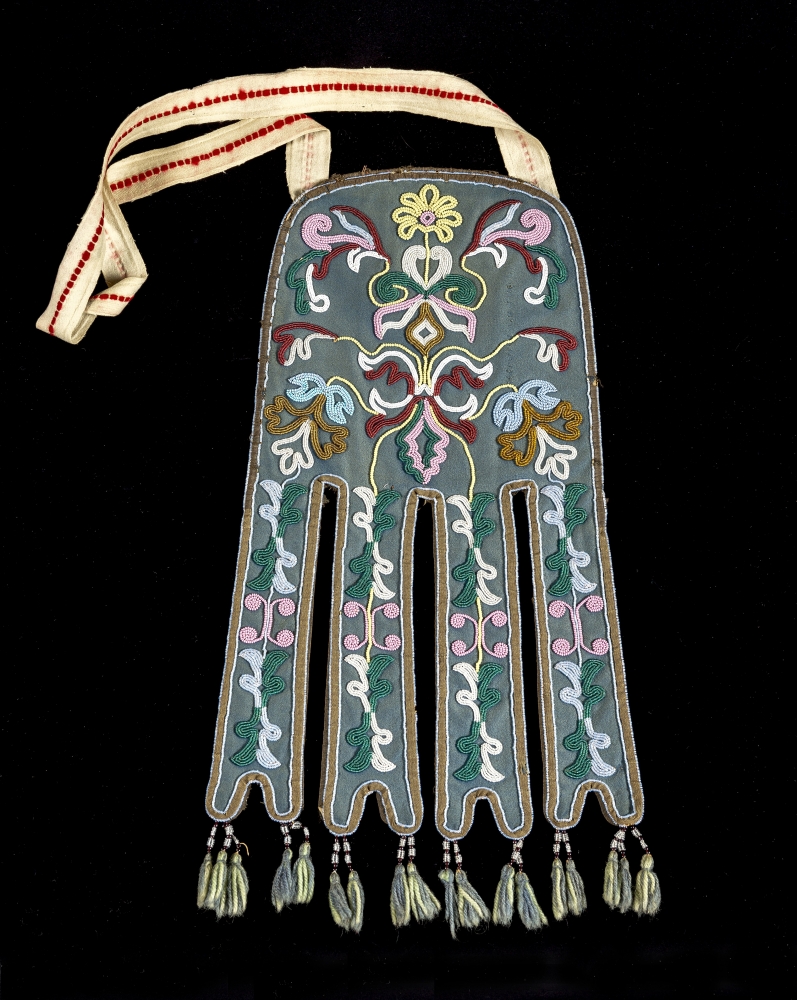
Rooted in the Land: Beadwork as an Expression of Sovereignty
October 19, 7–9 p.m.
Presenter: Megan Smetzer
Contemporary Indigenous bead artists express powerful matrilineal legacies of beauty and resilience that are deeply rooted in ancient worldviews. This talk considers some of the ways in which these artists, working in diverse media, incorporate both subtle and overt references to historical beading practices that illustrated cultural continuity and ongoing connections to the land in the face of laws and institutions meant to regulate and assimilate.
Megan Smetzer (PhD, University of British Columbia, 2007) is an art historian who researches the circulation of Indigenous cultural belongings within and between Indigenous and settler communities along the Northwest Coast and beyond. She teaches, publishes, and lectures on historical and contemporary Indigenous cultural expressions, focusing primarily on work made by women. After earning degrees from Smith College, Williams College and the University of British Columbia, Smetzer held a Research Fellowship at the Canadian Museum of History. She taught at the University of British Columbia, Simon Fraser University and Emily Carr University of Art and Design before joining the faculty at Capilano University.
Smetzer is deeply grateful to the Tlingit artists and elders from Lingít Aaní (currently known as Southeast Alaska) who have generously shared their knowledge and perspectives over many years. These relationships have contributed to her recent book Painful Beauty: Tlingit Women, Beadwork, and the Art of Resilience, the first to be written on this topic.
When: Thursday, October 19, 7–9 p.m.
Cost: $15
Register online or by phone at 604-925-7270 (course #149015).
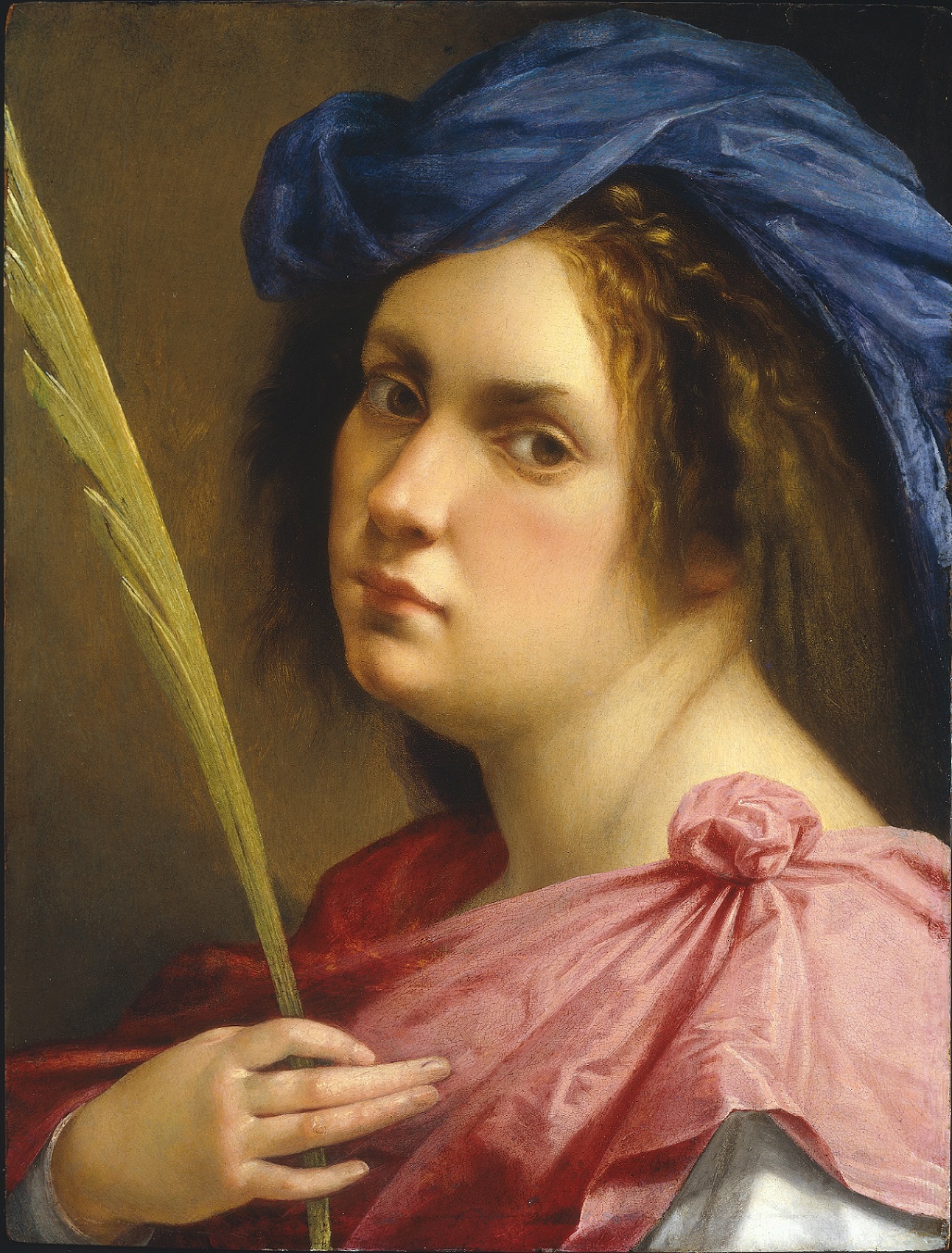
Artemisia Gentileschi: Woman Painter of the Italian Baroque
These lecture has been postponed to 2024.
Presenter: Dr. Efrat El-Hanany
The 17th-century Italian painter Artemisia Gentileschi challenged the accepted social roles of women of her era. This lecture traces the rise of women artists in the Renaissance and explores women's relationship to the visual arts in such roles as subject, creator, and patron.
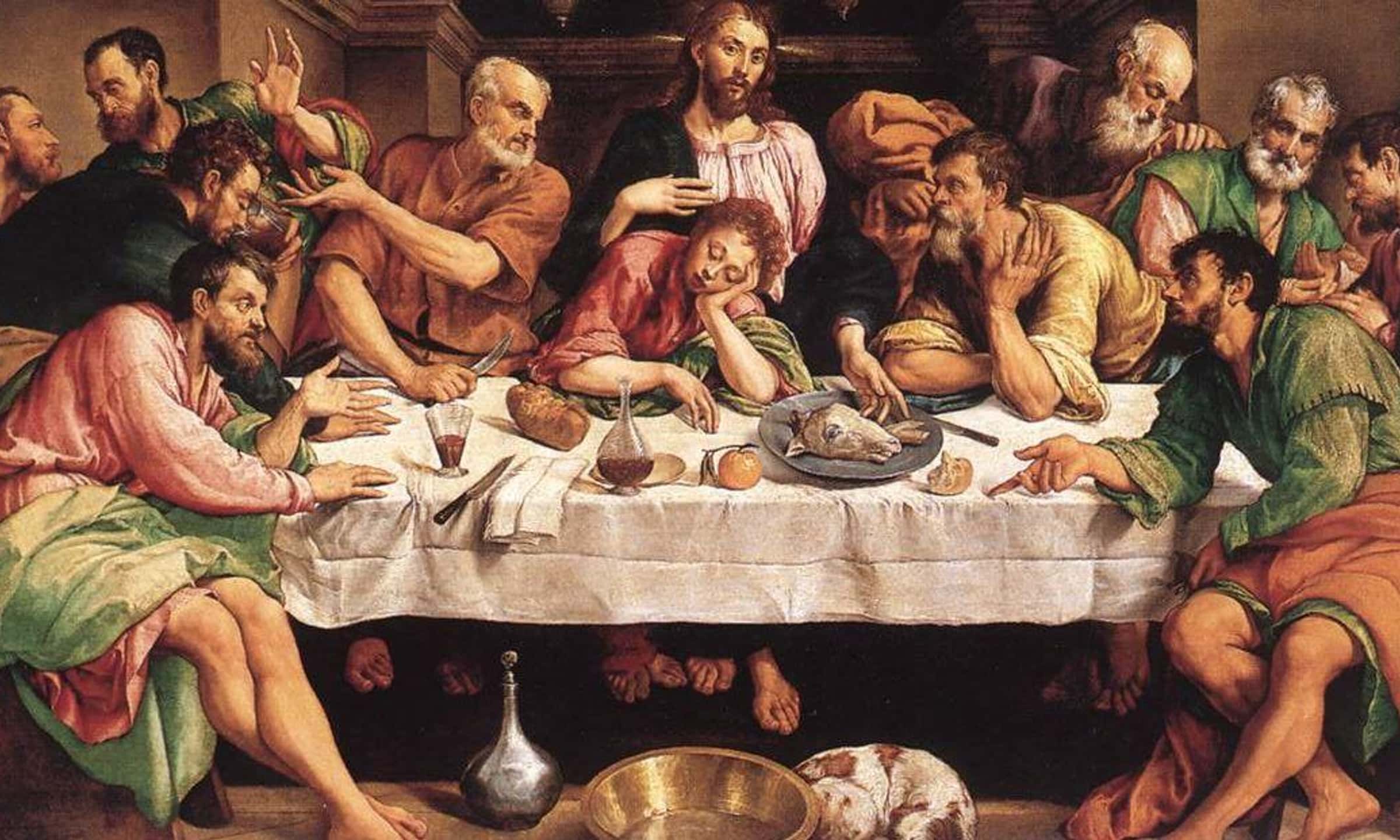
A Visual Feast: Images of Food and Dining in Western Art
These lecture has been postponed to 2024.
Presenter: Dr. Efrat El-Hanany
Imagery of food and its consumption has occupied the imagination of artists for centuries. Such images can hold symbolic significance, suggesting varied themes of religion, morality, fertility, and the celebration of life. Modern artists create images of food to comment on such issues as consumerism, the environment and body image, some even taking food as their medium!
In this survey of food and dining in Western Art, we will look at masterpieces such as Leonardo da Vinci’s Last Supper and Vincent Van Gogh’s Potato Eaters to Pop artworks by Roy Lichtenstein, Wayne Thiebaud, and Andy Warhol. We will finish with an appraisal of such provocative recent works as Jana Sterbak’s Vanitas Flesh Dress and Gina Beaver’s large scale oil paintings of edibles.
Efrat El-Hanany (PhD, Indiana University, 2006) graduated from Hebrew University in Jerusalem with a BA in the History of Art and East Asian Studies and a BA in Education. After several years of experience teaching and developing educational programs at the Israel Museum in Jerusalem, she went on to earn an MA and a PhD from Indiana University in Bloomington.
Her PhD dissertation, Beating the Devil: Images of the Madonna del Soccorso in Italian Renaissance Art, focused on issues of iconography, gender, and social and religious history. El-Hanany is also a member of the Women & Gender Studies (WGST) department at Capilano University.
